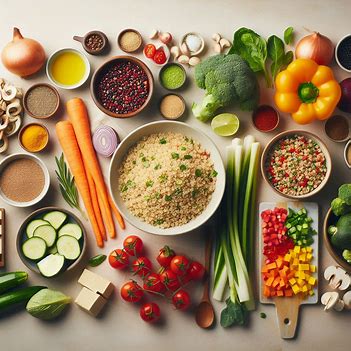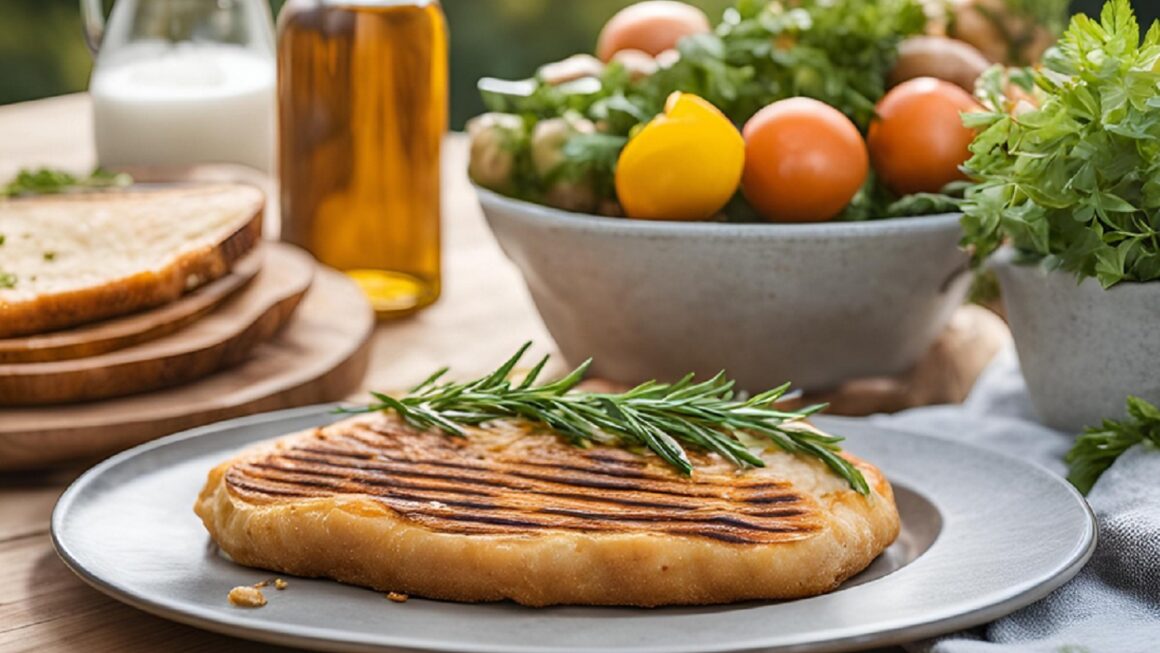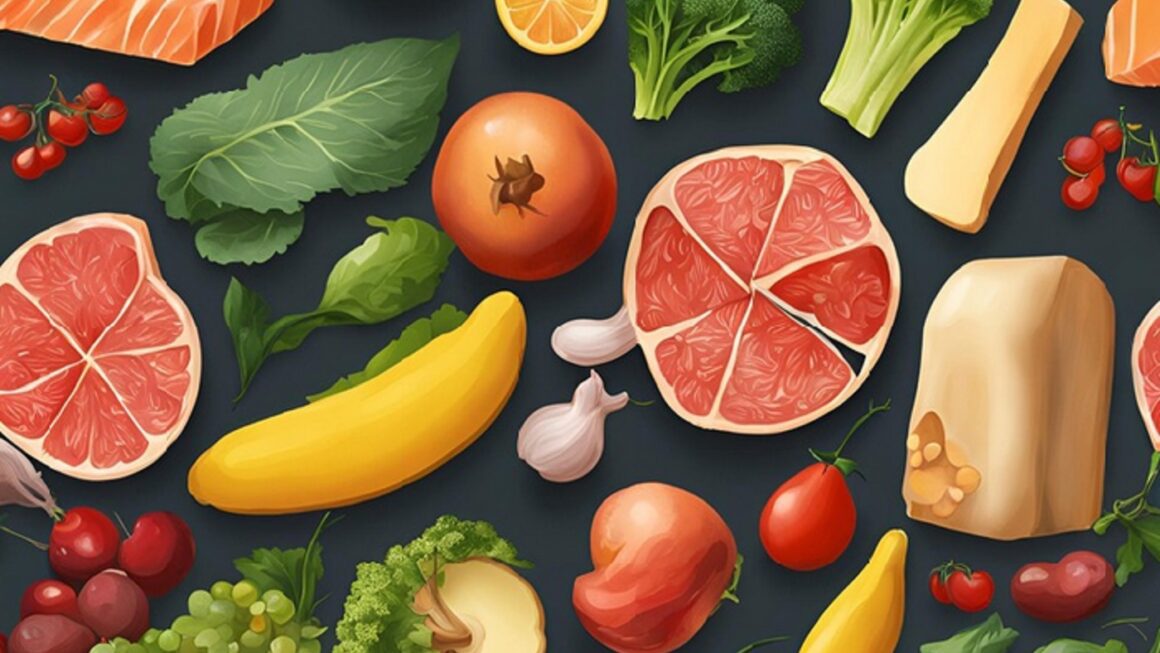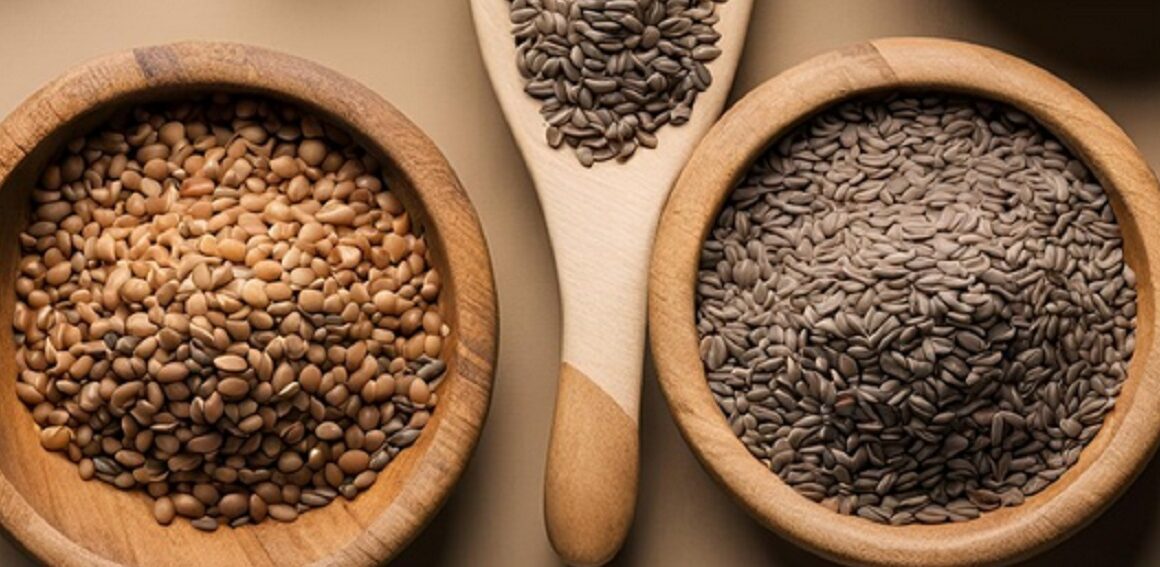Nutrient intake, what are the best practices for having a healthy and balanced diet. Some advice that will be valuable to you.
Introduction
In a balanced diet, food combinations play a crucial role in optimizing nutrient absorption and ensuring that you receive the maximum health benefits from your meals. Certain foods, when paired together, can enhance the absorption of key nutrients and promote overall health. This comprehensive guide explores effective food combinations that maximize nutrient intake, providing practical tips and examples to help you create nutritious and well-balanced meals , for the better nutrient intake.
Understanding Food Combinations
Why Are Food Combinations Important?
Food combinations are important because:
- Enhanced Nutrient Absorption: Some nutrients intake work synergistically, improving each other’s absorption and effectiveness.
- Balanced Nutrition: Proper combinations can help ensure a well-rounded intake of essential vitamins, minerals, proteins, and fats.
- Improved Health Outcomes: Combining foods thoughtfully can support various aspects of health, including digestion, immune function, and cardiovascular health.
Key Nutrient Interactions
- Vitamin C and Iron: Vitamin C enhances the absorption of non-heme iron (plant-based iron).
- Fat and Fat-Soluble Vitamins: Dietary fats improve the absorption of vitamins A, D, E, and K.
- Protein and Amino Acids: Combining various protein sources can ensure a complete amino acid profile.
Optimal Food Combinations for Nutrient intake Maximization
1. Vitamin C and Iron-Rich Foods
Combining vitamin C-rich foods with iron-rich plant foods enhances the absorption of non-heme iron:
- Examples:
- Spinach Salad with Citrus Dressing: Pair iron-rich spinach with a vitamin C-rich citrus dressing (e.g., lemon or orange).
- Lentil Soup with Bell Peppers: Add bell peppers to lentil soup to boost iron absorption.
2. Healthy Fats and Fat-Soluble Vitamins
Incorporate healthy fats to improve the absorption of fat-soluble vitamins:
- Examples:
- Avocado with Leafy Greens: Add avocado to salads with greens like kale or spinach to enhance vitamin A and K absorption.
- Nuts and Sweet Potatoes: Pair nuts with roasted sweet potatoes for better absorption of vitamin A.
3. Protein Pairings for Complete Amino Acids
Combine plant-based proteins to ensure a complete amino acid profile:
- Examples:
- Rice and Beans: A classic combination that provides a complete protein profile.
- Hummus and Whole Grain Bread: Combine chickpea-based hummus with whole grain bread for balanced protein intake.
4. Fiber-Rich Foods and Healthy Fats
Combining fiber with healthy fats can support digestive health and satiety:
- Examples:
- Chia Seeds in Smoothies: Add chia seeds to fruit smoothies for added fiber and healthy fats.
- Nuts and Whole Grain Oatmeal: Top oatmeal with nuts to increase fiber content and promote fullness.
5. Fermented Foods and Nutrient intake Absorption
Fermented foods can enhance the absorption of certain nutrients and support gut health:
- Examples:
- Kimchi with Tofu Stir-Fry: Combine fermented kimchi with tofu to improve the digestibility and absorption of nutrients.
- Yogurt with Berries: Pair plant-based yogurt with berries to benefit from the probiotics and antioxidants.
Practical Tips for Effective Food Combining
1. Plan Balanced Meals
Create meals that incorporate a variety of nutrient-dense foods to ensure a well-rounded intake:
- Meals: Include a mix of vegetables, whole grains, healthy fats, and protein sources in each meal.
- Snacks: Combine fruits with nuts or yogurt for a balanced and nutritious snack.
2. Use Herbs and Spices
Herbs and spices can enhance the flavor and nutritional value of your meals:
- Examples:
- Turmeric and Black Pepper: Combine turmeric with black pepper to enhance the absorption of curcumin, an antioxidant compound.
- Garlic and Greens: Add garlic to greens for added flavor and health benefits.
3. Incorporate Seasonal and Fresh Ingredients
Use seasonal and fresh ingredients to maximize nutrient content and flavor:
- Examples:
- Fresh Vegetables in Salads: Use a variety of fresh, seasonal vegetables in salads to boost nutrient intake.
- Seasonal Fruits in Smoothies: Incorporate seasonal fruits into smoothies for added vitamins and antioxidants.
4. Monitor Cooking Methods
Choose cooking methods that preserve or enhance nutrient intake content:
- Examples:
- Steaming Vegetables: Steaming preserves more vitamins compared to boiling.
- Raw Nuts and Seeds: Enjoy raw nuts and seeds to maintain their nutrient density.
Addressing Common Questions and Misconceptions
Can I Get All My Nutrient intake from Food Combinations Alone?
While optimal food combinations can enhance nutrient absorption, it’s important to maintain a diverse and balanced diet to meet all your nutritional needs. Supplements may be necessary for specific nutrients, especially if you have dietary restrictions or health conditions.
Are There Any Risks to Combining Certain Foods?
Generally, combining foods as described is safe and beneficial. However, individuals with specific health conditions or allergies should consult with a healthcare provider or nutritionist to tailor food combinations to their needs.
How Can I Implement These Combinations in My Daily Diet?
Start by gradually incorporating these combinations into your meals. Experiment with different pairings and adjust based on your taste preferences and nutritional goals.
Conclusion
Optimizing nutrient intake through effective food combinations is a powerful strategy for enhancing your overall health and well-being. By pairing foods that improve nutrient absorption and ensure a balanced intake of essential vitamins, minerals, and proteins, you can maximize the benefits of your diet. Incorporate a variety of nutrient-dense foods into your meals, use herbs and spices to boost flavor and health benefits, and consider cooking methods that preserve nutrient content. Thoughtful food combinations will support your nutritional needs and contribute to a healthier, more balanced diet.




